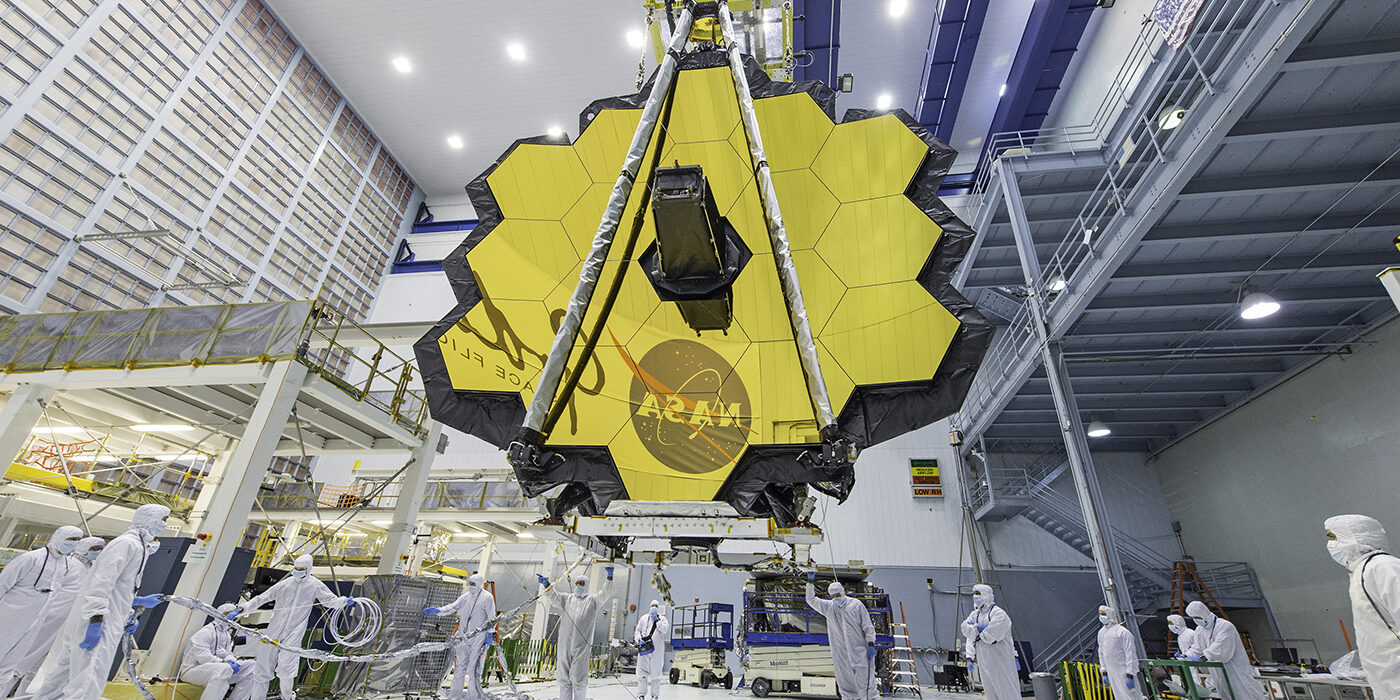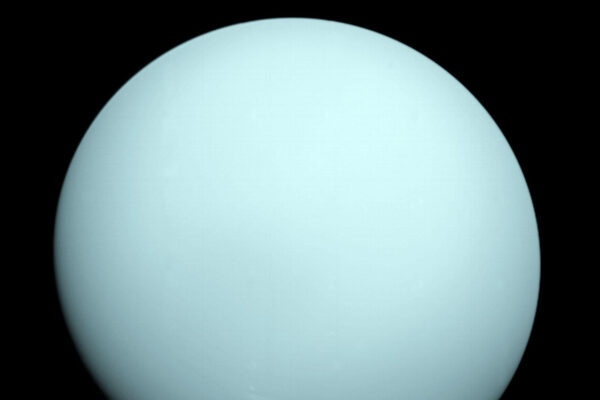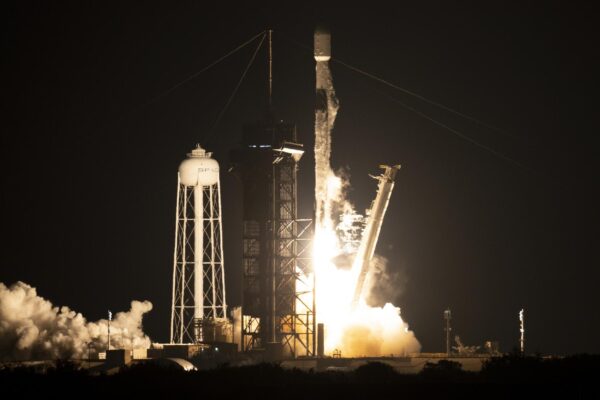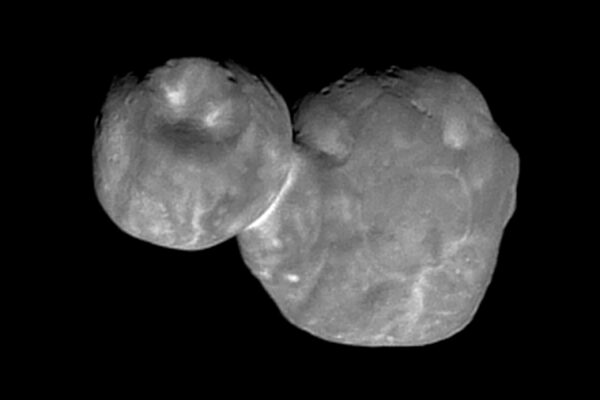On Christmas Day 2021, the most powerful telescope ever built was blasted into space atop an Ariane 5 rocket — heralding the start of a new era in astronomy and planetary science. In the ensuring months, this $10 billion telescope has made its way out to a distance of around one million miles from Earth; unfolded its enormous, origami-like sunshield; and started to commission its instruments. And, when it returns its first science images later this summer, it will start to revolutionize our understanding of the cosmos.
The James Webb Space Telescope (JWST) — named for a former NASA administrator, and not without controversy — is designed to delve into the universe’s distant past. With a primary mirror more than 21 feet across, the telescope is equipped with instruments able to see in the near- to mid-infrared — a particular part of the electromagnetic spectrum that will let the telescope see extremely distant and faint objects otherwise invisible with existing telescopes. JWST should be able to peer back more than 13.5 billion years, to that epoch when the very first galaxies, and even the first stars, started to form.
Planning of the telescope dates to the 1990s, with major construction beginning in the mid-2000s. Despite its promise, the actual building of JWST was not plain sailing: various problems arose during testing, numerous management issues delayed the project further, and ultimately a telescope intended for launch in 2007 and costing a mere $500 million ended up flying 14 years late and costing a staggering $9.7 billion.
Part of the vast expense of this project was its groundbreaking design: to see ultra-faint objects back near the start of the universe required a giant mirror, far too large to fit within the nose cone of any existing rocket. And to see such faint objects requires a telescope that’s extremely cold, necessitating a huge sunshield to protect the telescope’s sensors from sunlight. The mirror and sunshield (the latter about the size of a tennis court) together led NASA engineers to a design in which the telescope is folded up tightly for launch, and then slowly, carefully deploys a complex set of arms, pulleys and motors on its way out to its permanent home in space — a location called “L2,” where the gravitational forces of Earth and the sun balance out and where JWST can remain in place easily. This design featured almost 400 so-called “single points of failure,” where a problem deploying even one element would spell disaster for the telescope. But, happily, remarkably — and a testament to NASA engineering — the telescope finished deploying its myriad pulleys, tensioners, arms, mirror segments and sunshield layers two weeks after launch with nary a snag.
Among its science objectives, JWST will measure the compositions of atmospheres of rocky planets orbiting other stars, searching for evidence of liquid water, say, or even oxygen, to gauge whether those worlds might be deemed habitable … or even inhabited.
Paul Byrne
In the ensuing months, JWST has been passively allowed to cool, enabling its sensors to reach the ultra-cold temperatures needed for its science campaign to begin. And that campaign will tackle some of our most fundamental questions: What did the early universe look like? How and when did the first stars and galaxies form? How do stars die, and how do their deaths seed the surrounding space with the materials needed for the next generation of stars and planets to form? JWST will tackle these and many more questions underpinning the beginnings of the very universe itself.
But there’s an angle to JWST that particularly excites me. I’m a planetary scientist, and I’m driven to understand why planets turn out the way they do — including what makes a world habitable (Earth) or uninhabitable (almost everywhere else). Among its science objectives, JWST will measure the compositions of atmospheres of rocky planets orbiting other stars, searching for evidence of liquid water, say, or even oxygen, to gauge whether those worlds might be deemed habitable … or even inhabited.
There are plenty of reasons to be impressed with the JWST mission so far, despite the project’s labored and terrifically expensive history. But the value of the discovery, however remote the possibility, of JWST detecting life on a planet orbiting another star? Priceless.
Paul Byrne is associate professor of Earth and planetary sciences in Arts & Sciences.



